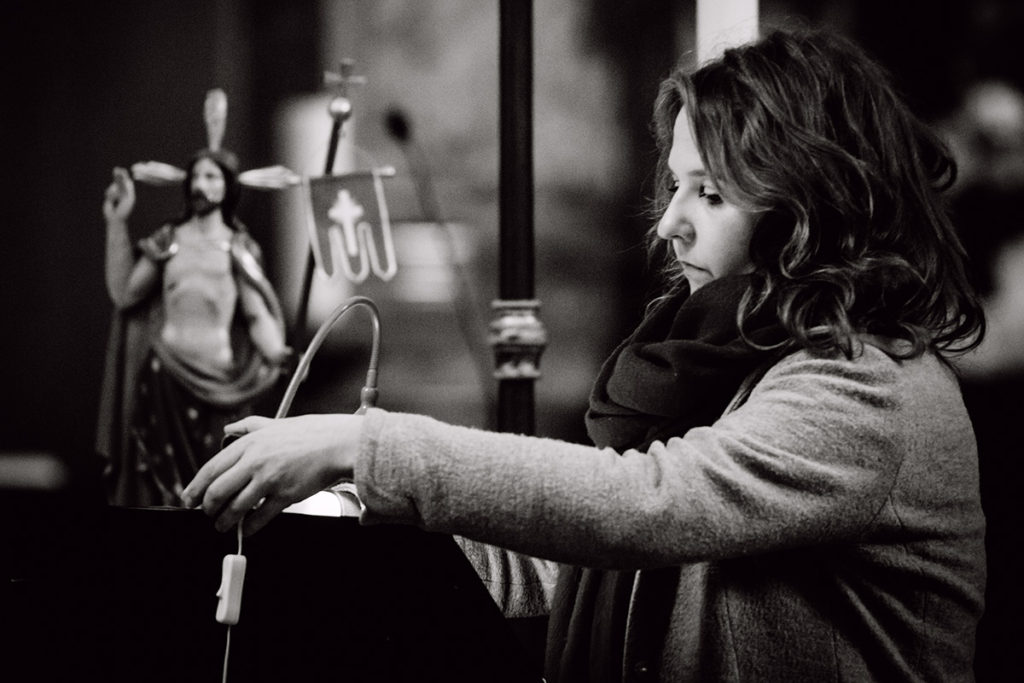The birth of polyphony
A significant turning point in the history of European music occurs at the end of the 9th century. The first treatises dealing with the doctrine of the improvised creation of polyphonic music appear. Sacred music liberates itself from the dominance of the monoohonic chant – Gregorian chant – and thus begins a long period of fascination with consonances and its numerical expression. The concert programme presents the birth of polyphony as reflected in the major European sources of the late 10th century, the development of the early organ during the 11th century, culminating in the Parisian setting of Notre-Dame Cathedral in the hands of Magister Leonin and coming to its peak in the monumental pieces of his successor, Magister Perotin.
